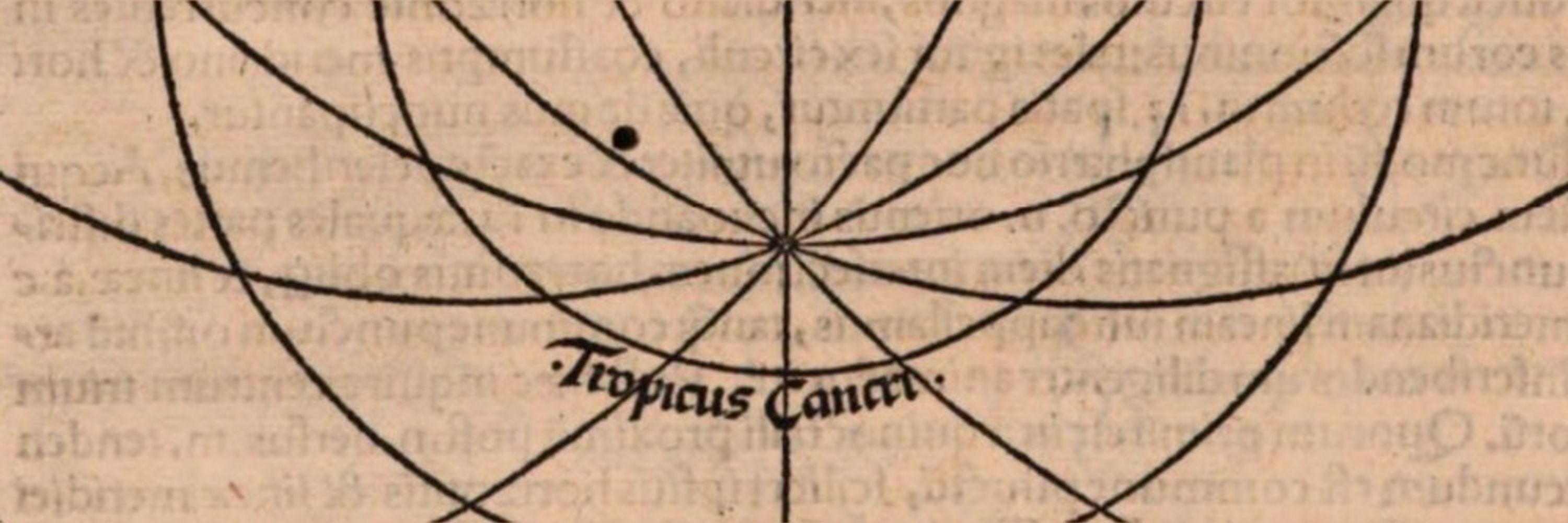

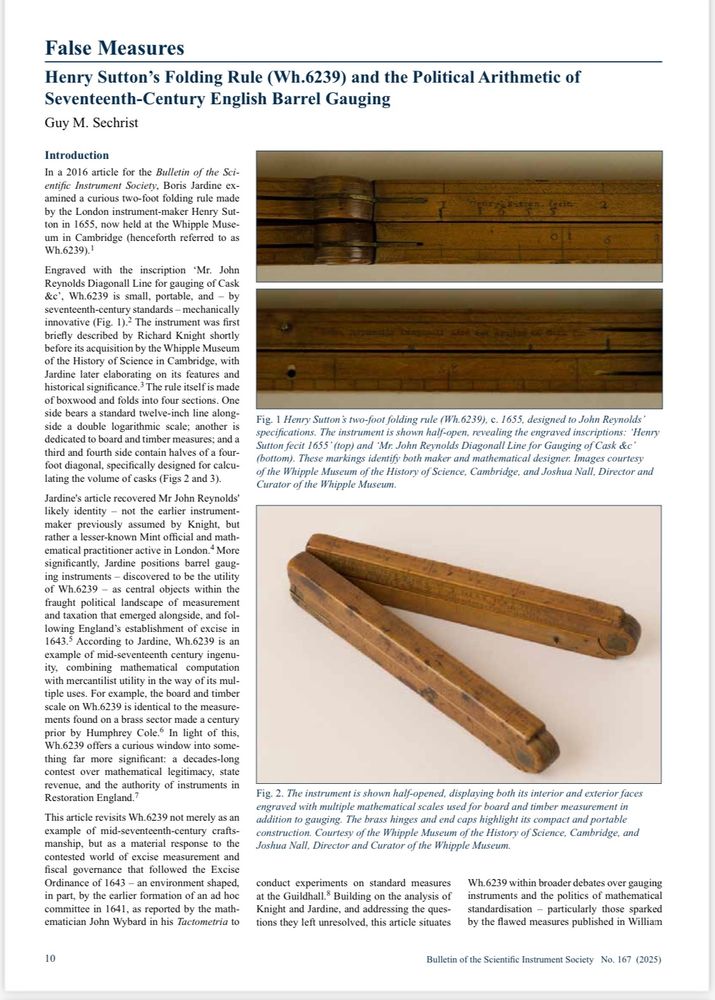
#Hebrew #medieval #astronomy #tables
#Manchester
(1/4)

#Hebrew #medieval #astronomy #tables
#Manchester
(1/4)










1/3
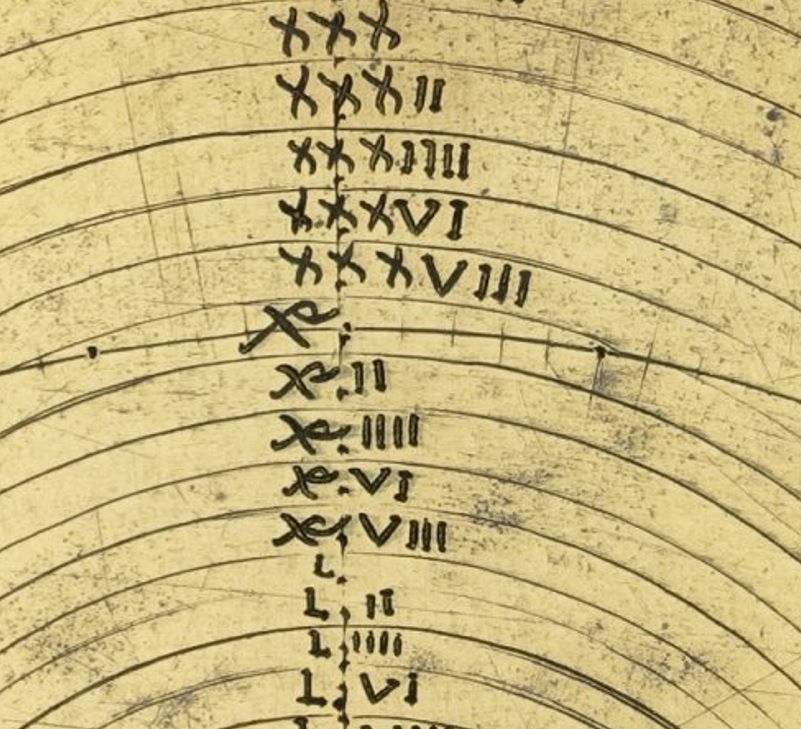
1/3
1/3

1/3
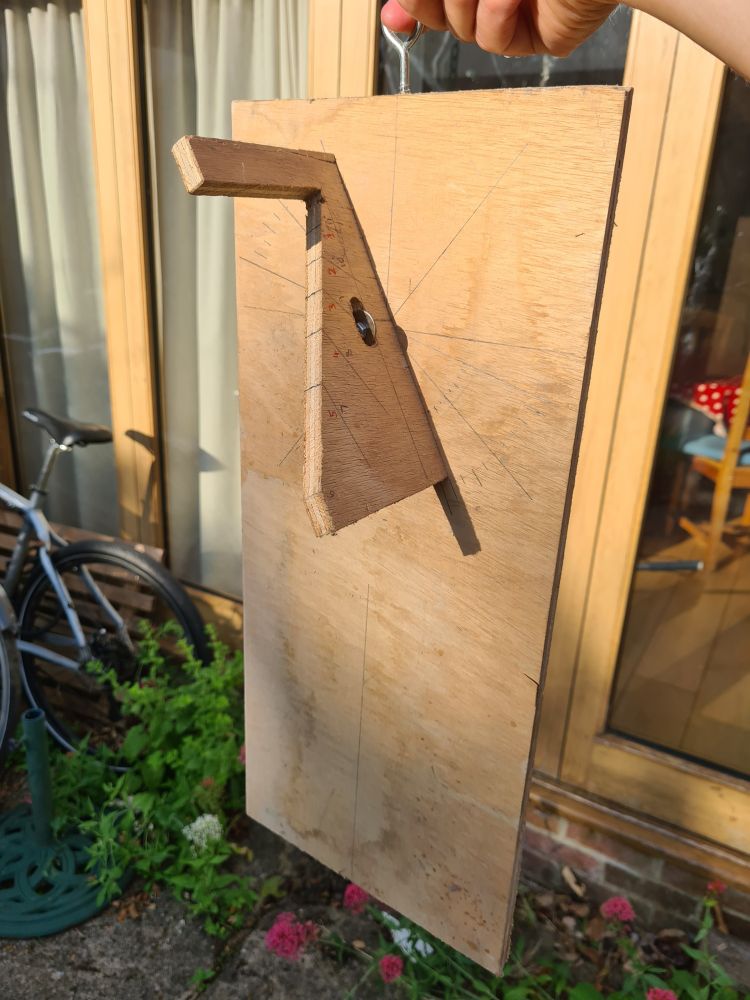
(1/7)
scientificinstrumentsociety.org/BulletinArti...
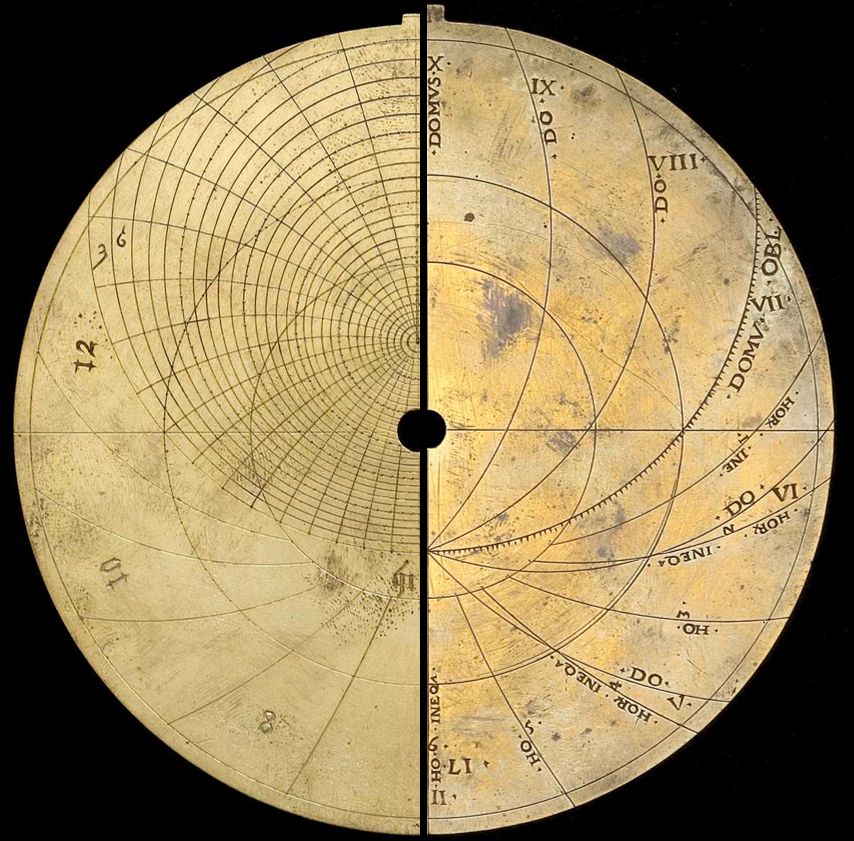
(1/7)
scientificinstrumentsociety.org/BulletinArti...

scientificinstrumentsociety.org/BulletinArti...


Just a few photos from the first two days @cosmopoet.bsky.social @stephenaj.bsky.social @tur-alexandre.bsky.social @labnf.bsky.social @obs-paris-psl.bsky.social @irht-cnrs.bsky.social











